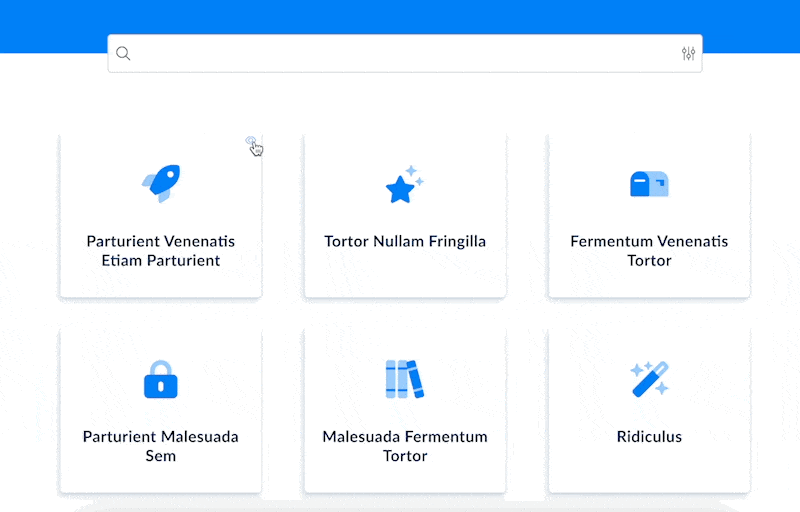Discover the use of a collection and the way to create it.
A collection is a folder containing a large theme, within which you can insert several contents (articles and/or guides).
All collections make up the tree structure of your knowledge base.
A collection is represented by a gray visual: 
There are two types of collections:
Parent collections: collections present at the root of your base.
Sub-collections: collections created within parent collections.
🎯 Use case
Structure the knowledge base in the form of categories that can contain articles and/or guides.
Define an architecture on several levels (parent collections and sub-collections).
⚒ Create a "parent" collection
To create a "parent" collection, at the root of your knowledge base, follow these steps:
Go to the general menu of the knowledge base;
Click on "Add a collection";
Give a name to your collection;
Your collection has just been created, you can open it to start editing the content by creating articles/guides or adding a sub-collection by following the steps below.
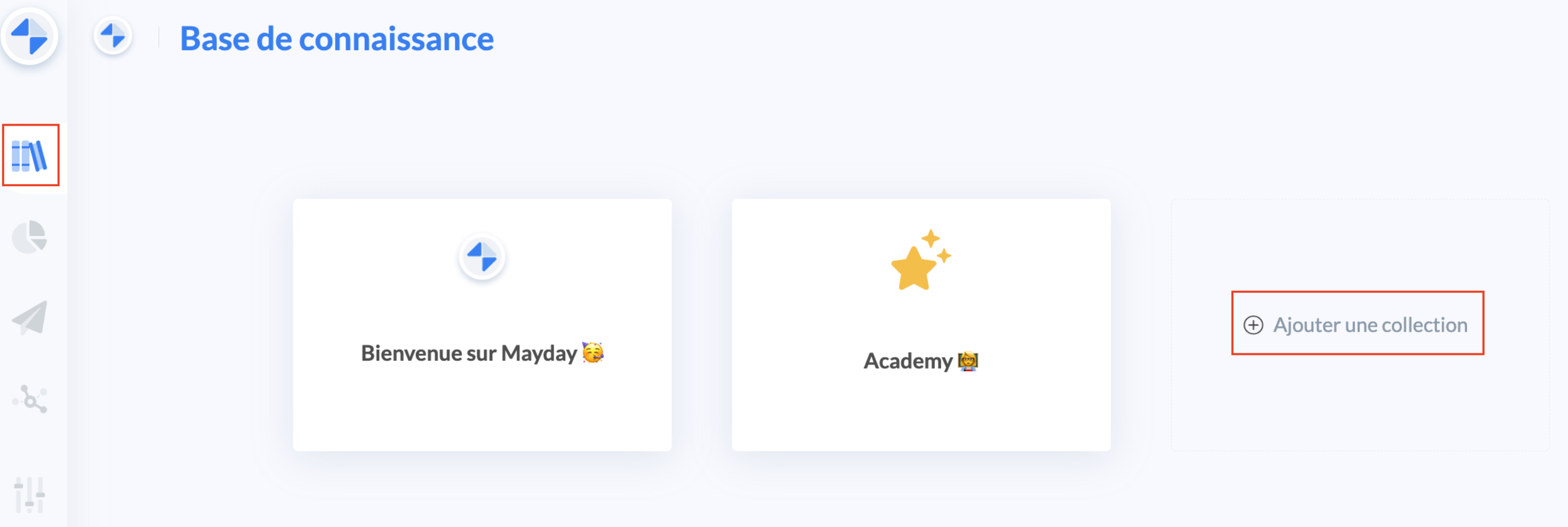
💡 On a "parent" collection, you can perform the following actions:
✍ Rename;
📸 Modify the icon;
📷 Modify the miniature icon;
🆕 Add an element (=content);
👀 Clone in another base;
🗑 Archive (it will be possible to restore it later)
🗑 Delete (definitely)
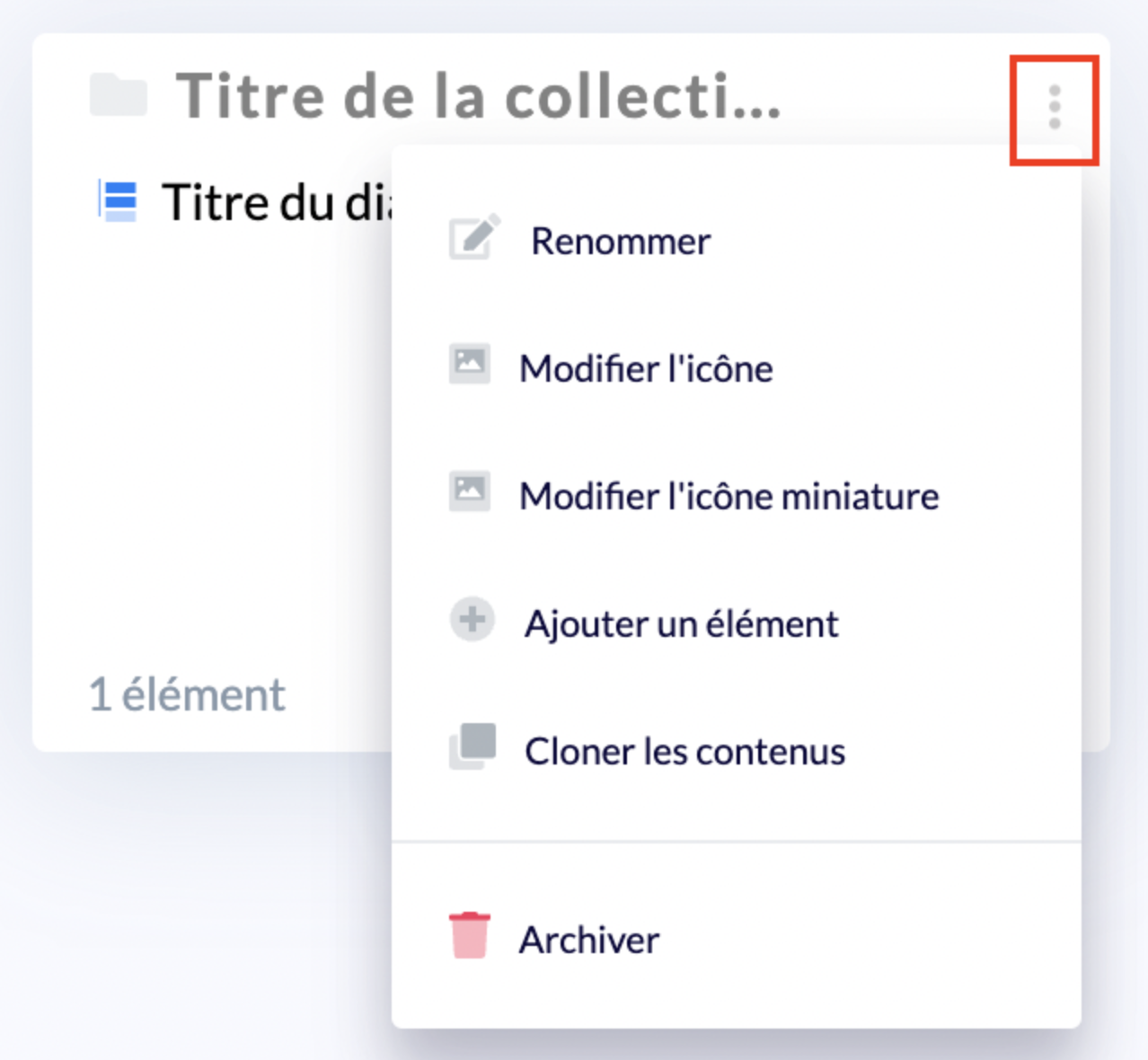
⚒ Create a sub-collection
To create a sub-collection, follow these steps:
Select the "parent" collection in which to integrate a new collection;
Click on "
Add an element";Choose "
Collection";Give a name to your collection;
Your sub-collection has just been created, you can open it to start editing the content by creating articles/guides or adding a sub-collection by repeating this process.
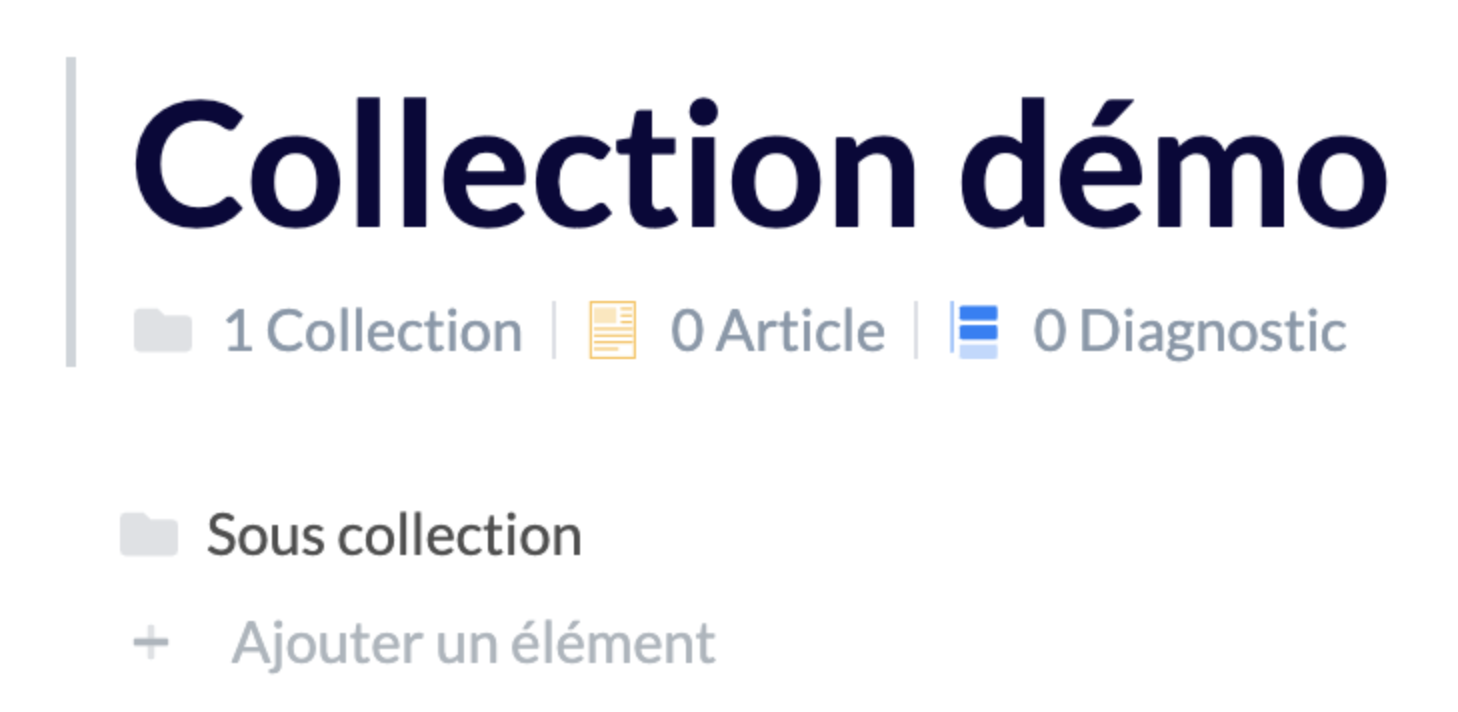
There is no limit on the number of collections that can be created in a simple or nested structure.
Dans votre stratégie de gestion des utilisateurs, les restrictions d’accès à la base de connaissance (à travers les groupes) peuvent se faire à l’échelle de la collection et de la sous-collection, mais pas aux niveaux inférieurs (sous-sous collection, article/diagnostic). See @
🎨 Customize a collection
Mayday offers you the possibility to customize your "parent" collections to make them visually attractive and more easily identifiable on the advisor side!
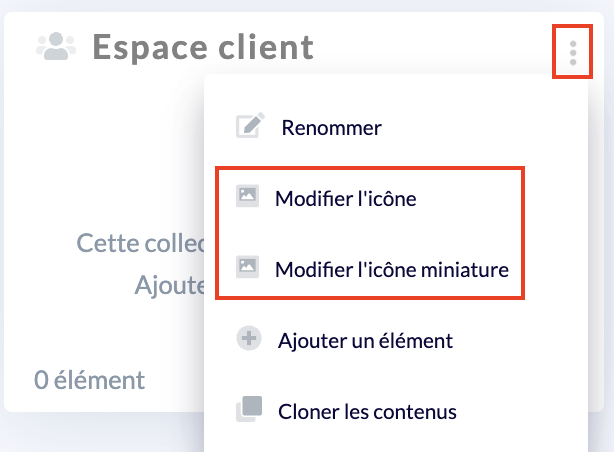
There are two ways to customize a collection outside of its title:
Modify the icon: this option allows you to add a visual element to the thumbnail of each collection, by choosing the icon and its color.
Mayday offers you a library of icons and a color palette, but you can also download your own icons by inserting a file or URL.
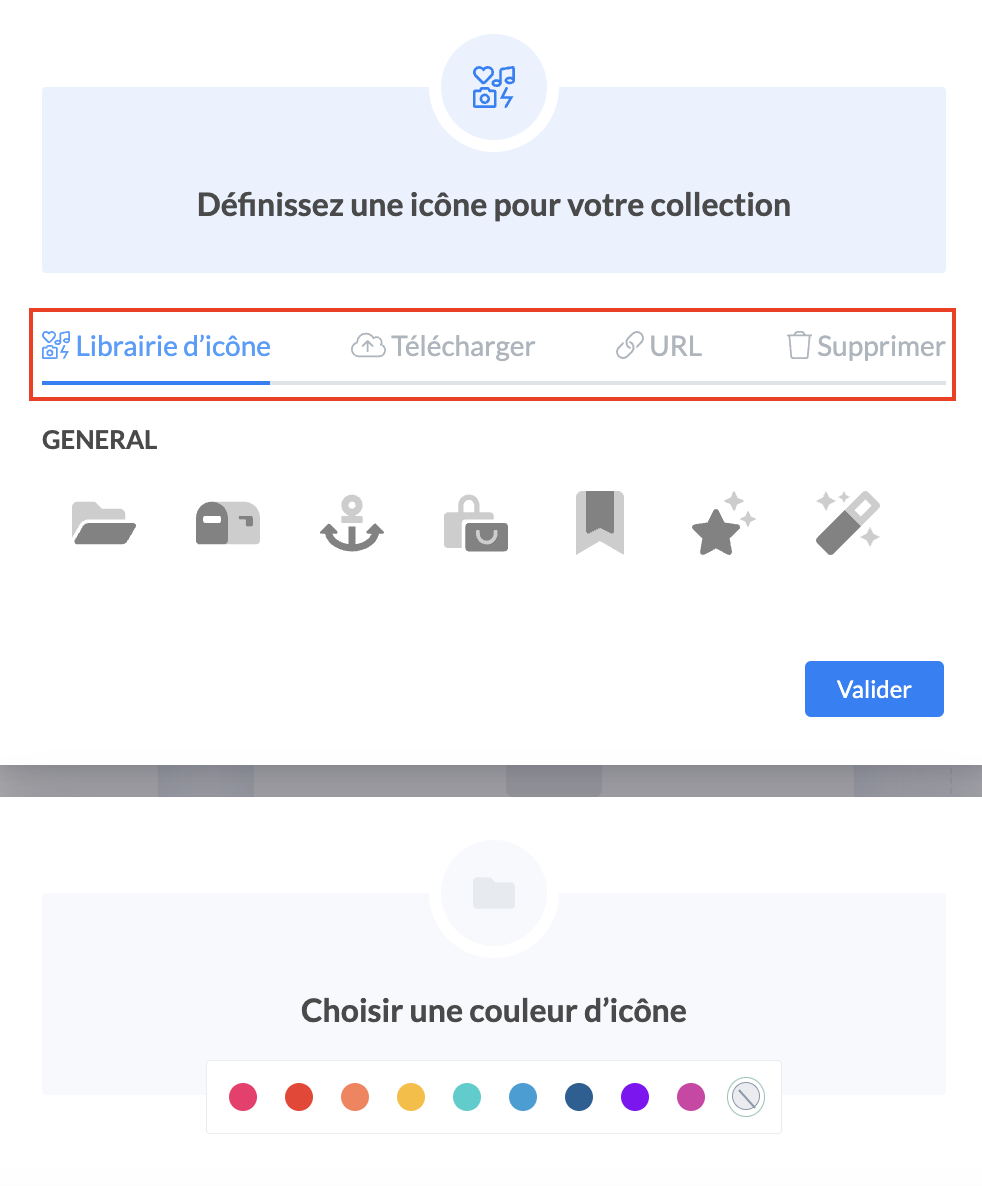
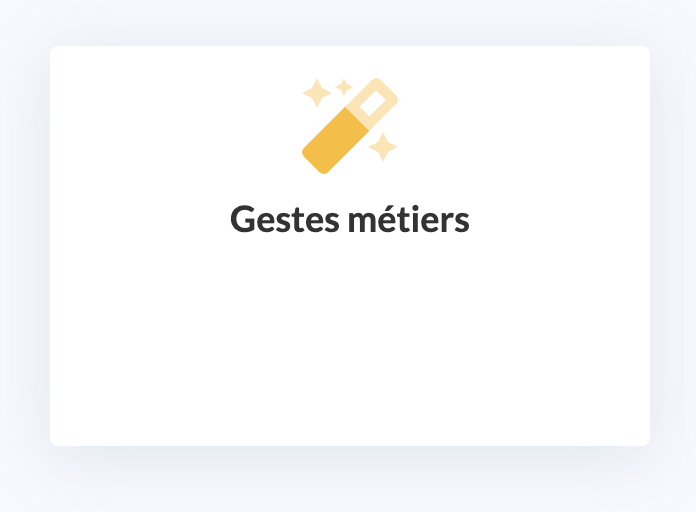
Modify the miniature icon: this option allows you to add a different miniature icon from the main icon of your collection, especially in the case where the downloaded main icon is of lower quality in miniature version.
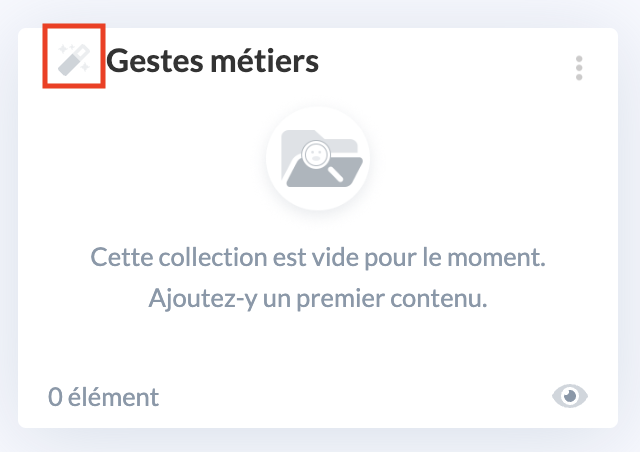
Add a description : this allows you to add a short description of the collection and its contents, to give advisors a little more context on the purpose of the collection.
📸 See how to add a description 
📸 View the description of a collection 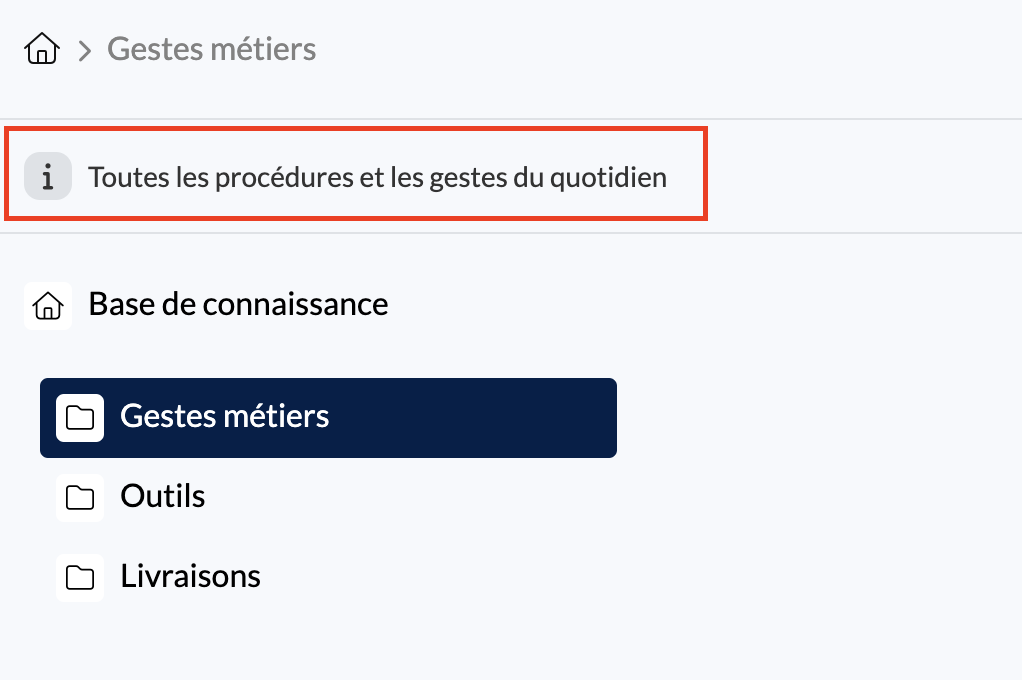
⬜ Visibility of collections and sub-collections on the advisor side
When the advisor logs into Mayday, he immediately has access to the parent collections on his homepage.
He just needs to click on the parent collection of his choice to view all the sub-collections or contents of the parent collection.
A parent collection can contain several levels of sub-collections. The advisor can navigate within each of them to access the content of his choice. The breadcrumb trail updates as the advisor progresses.


On the full-page interface (Mayday Web), the agent can also view the sub-collections or contents present at the root of a parent collection by placing his cursor on the eye icon at the top right of the thumbnail of each parent collection. He can then click on the sub-collection or content of his choice to access it directly.
